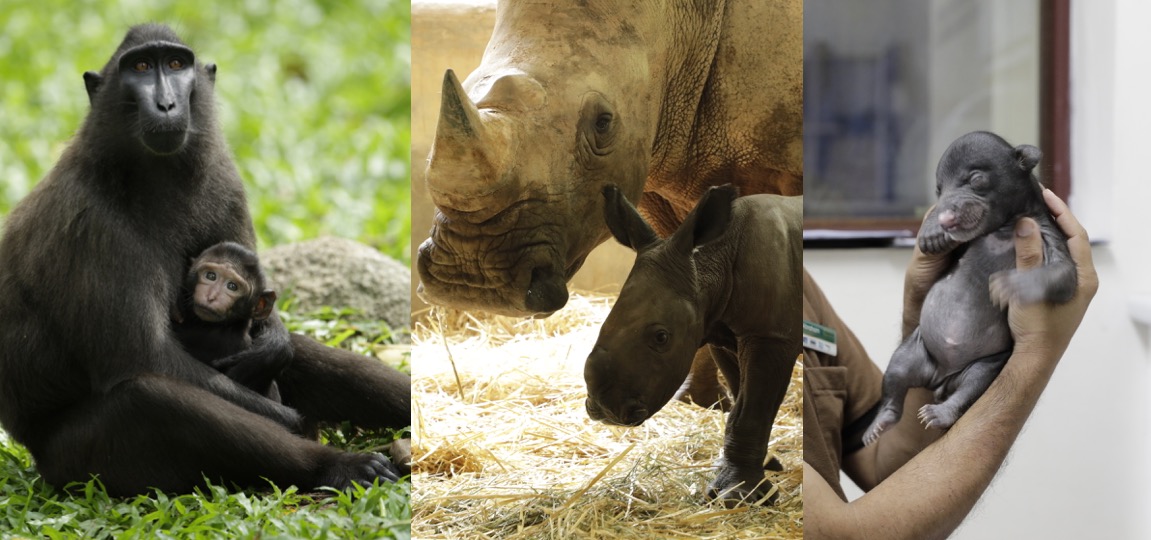On Friday, Feb. 22, the four parks under Wildlife Reserves Singapore (WRS) — Jurong Bird Park, Night Safari, River Safari and Singapore Zoo — unveiled a round-up of more than 700 younglings from 131 species born last year.
Out of the 131 species, 35 are species listed under the IUCN Red List of Threatened Species.
The arrival of these newborns also educates members of the public on the importance of WRS's conservation efforts in safeguarding threatened species in the wild from extinction, according to the deputy CEO and Chief Life Sciences Officer of WRS, Dr Cheng Wen-Haur.
“The goals of breeding wildlife in our parks are to achieve sustainable populations of species in human care. Depending on species and circumstances, these animals can be ambassadors for community engagement and education, and they may also serve as assurance colonies to safeguard against extinction in the wild. The ultimate goal would be to return some of these zoo-born progenies to their wild habitats someday, when it is safe to do so.”
Here are some photos of these newborns.
1. Sloth bear
A pair of twin cubs was born in September last year at the Night Safari.
They are named Shreya which means ‘beautiful’ and Zara which means ‘princess’.
Here's one of them, photographed at one month old.
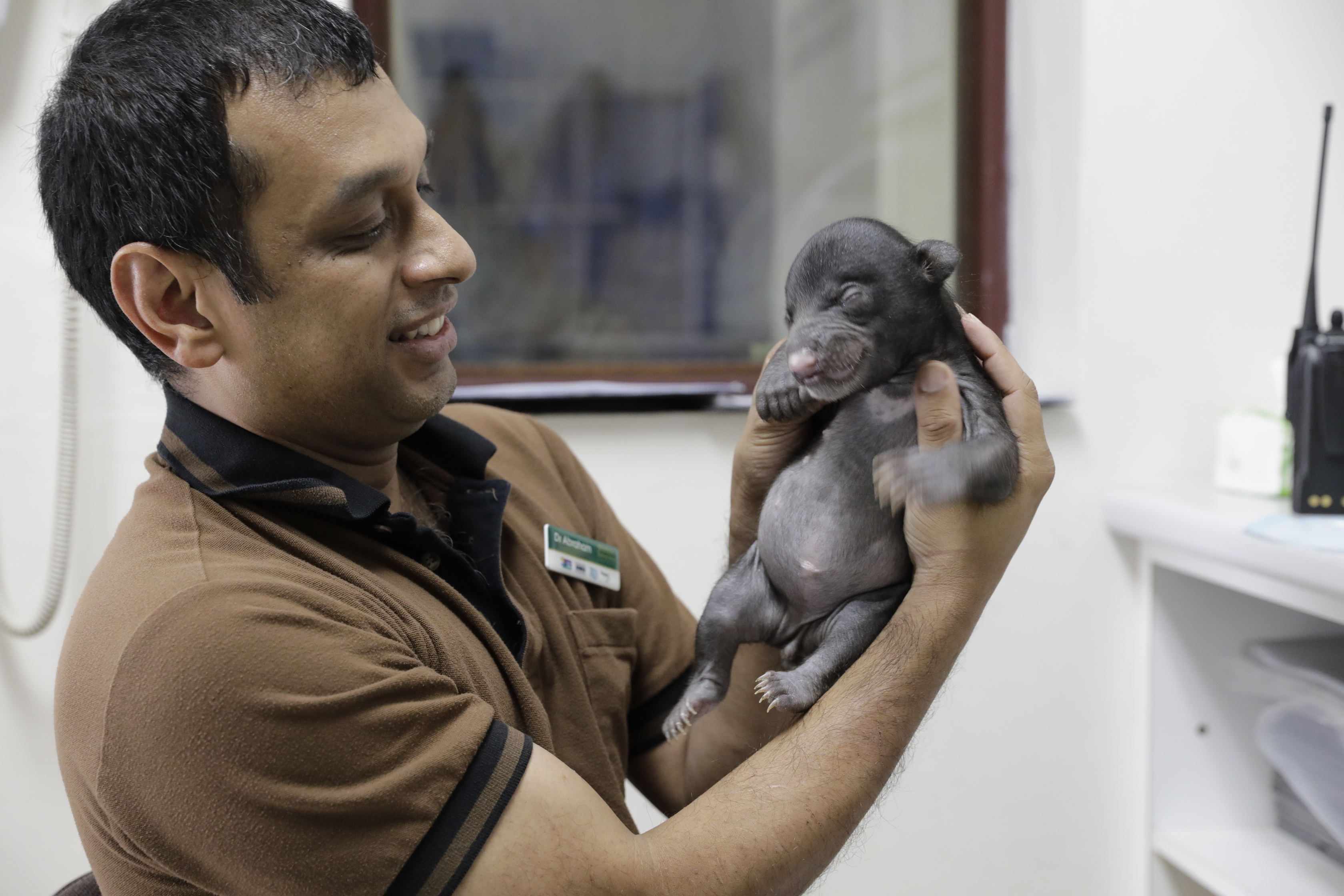 Photo from Wildlife Reserves Singapore.
Photo from Wildlife Reserves Singapore.
As their mother bear was inexperienced, the animal care team hand-raised the two cubs.
In their first few weeks, the cubs were unable to move independently and had not yet opened their eyes.
Thankfully, their dedicated human family has taken care of them very well.
As Shreya and Zara are now five months old, the keepers are actively reducing direct physical contact so the girls will learn to be more independent.
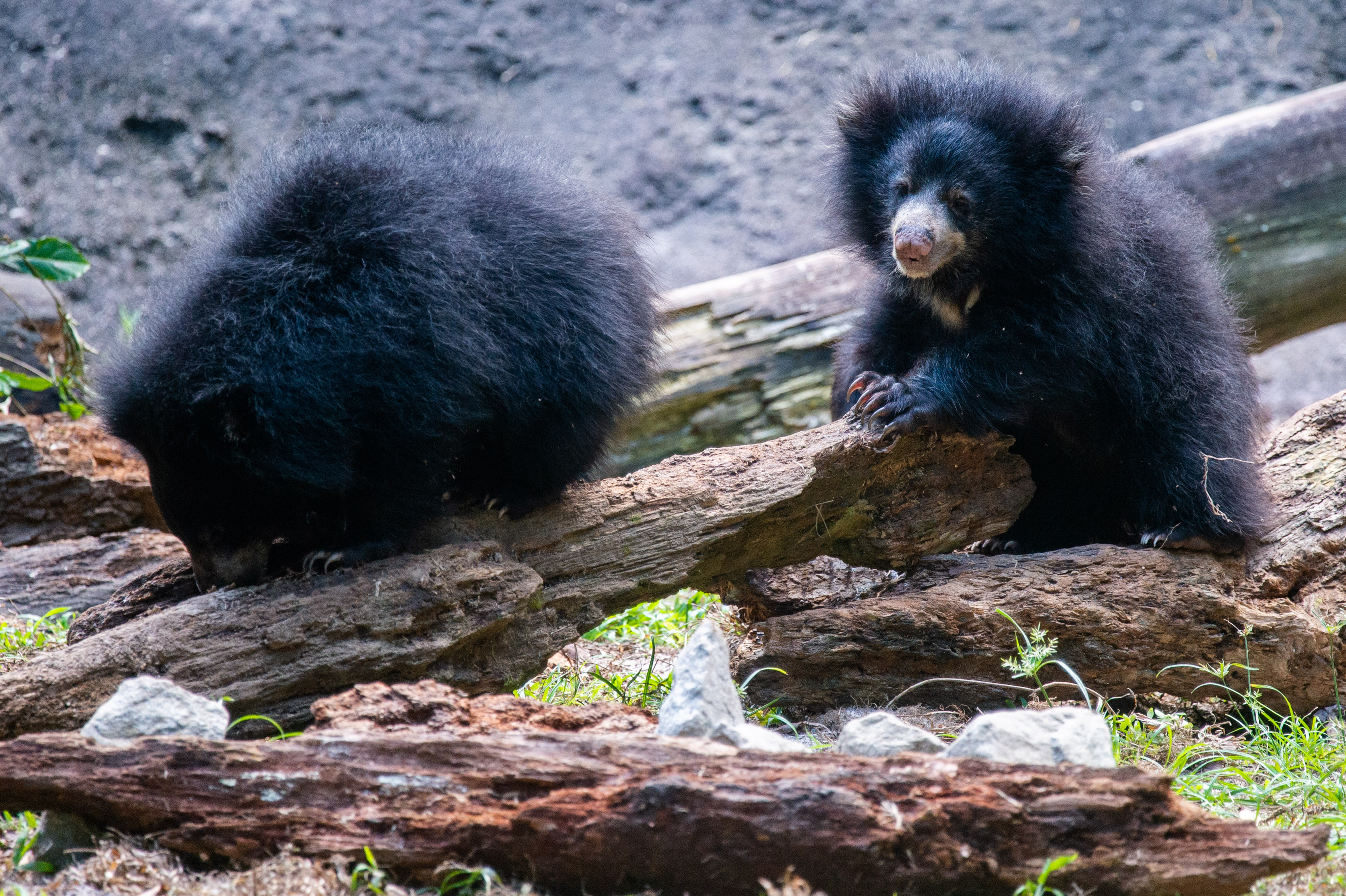 Photo from Wildlife Reserves Singapore.
Photo from Wildlife Reserves Singapore.
You'll be able to see them at the Sloth Bear exhibit playing with their enrichment toys.
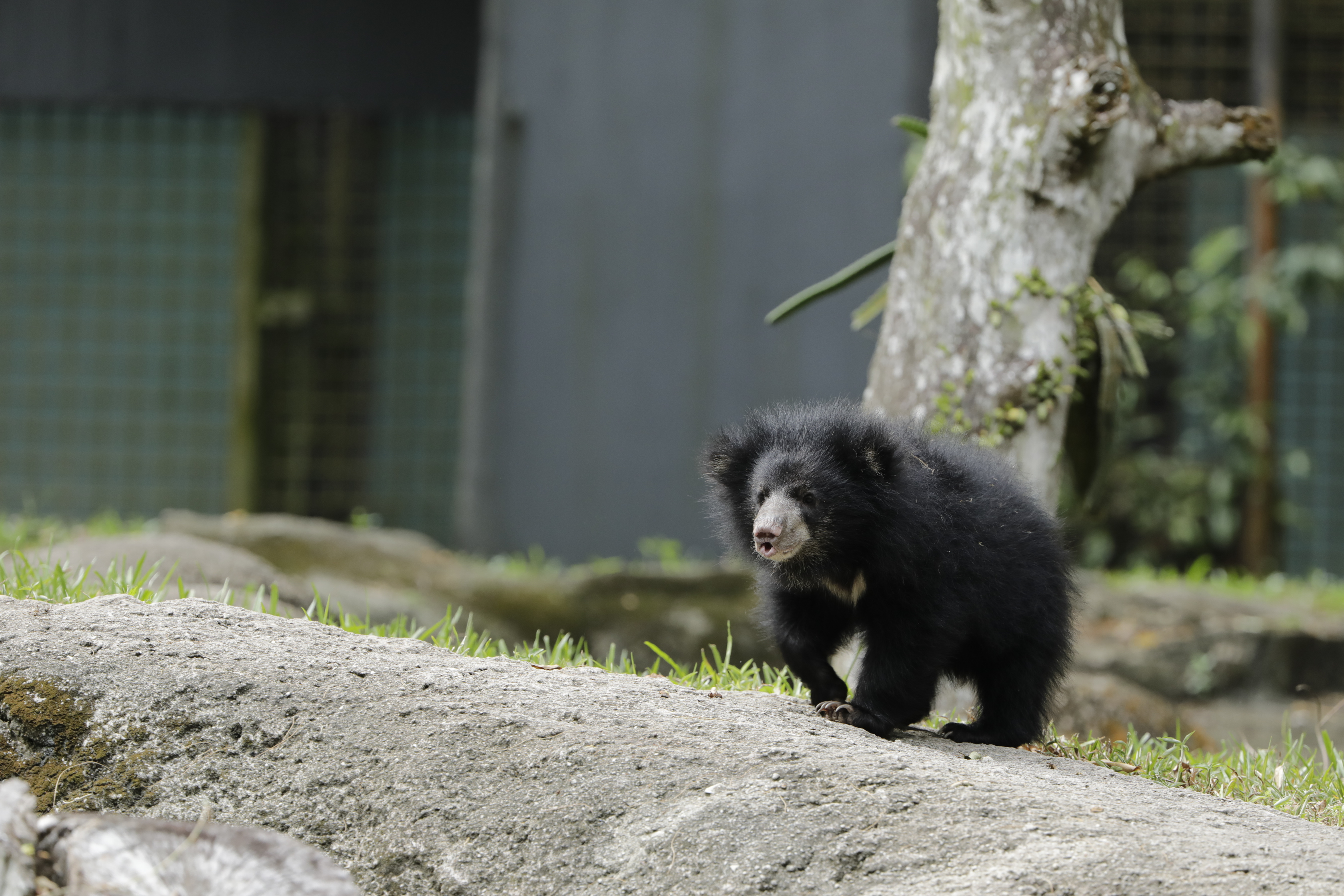 Photo from Wildlife Reserves Singapore.
Photo from Wildlife Reserves Singapore.
2. Small-toothed Palm Civet
Here's a male Small-toothed Palm Civet born at the Night Safari last November.
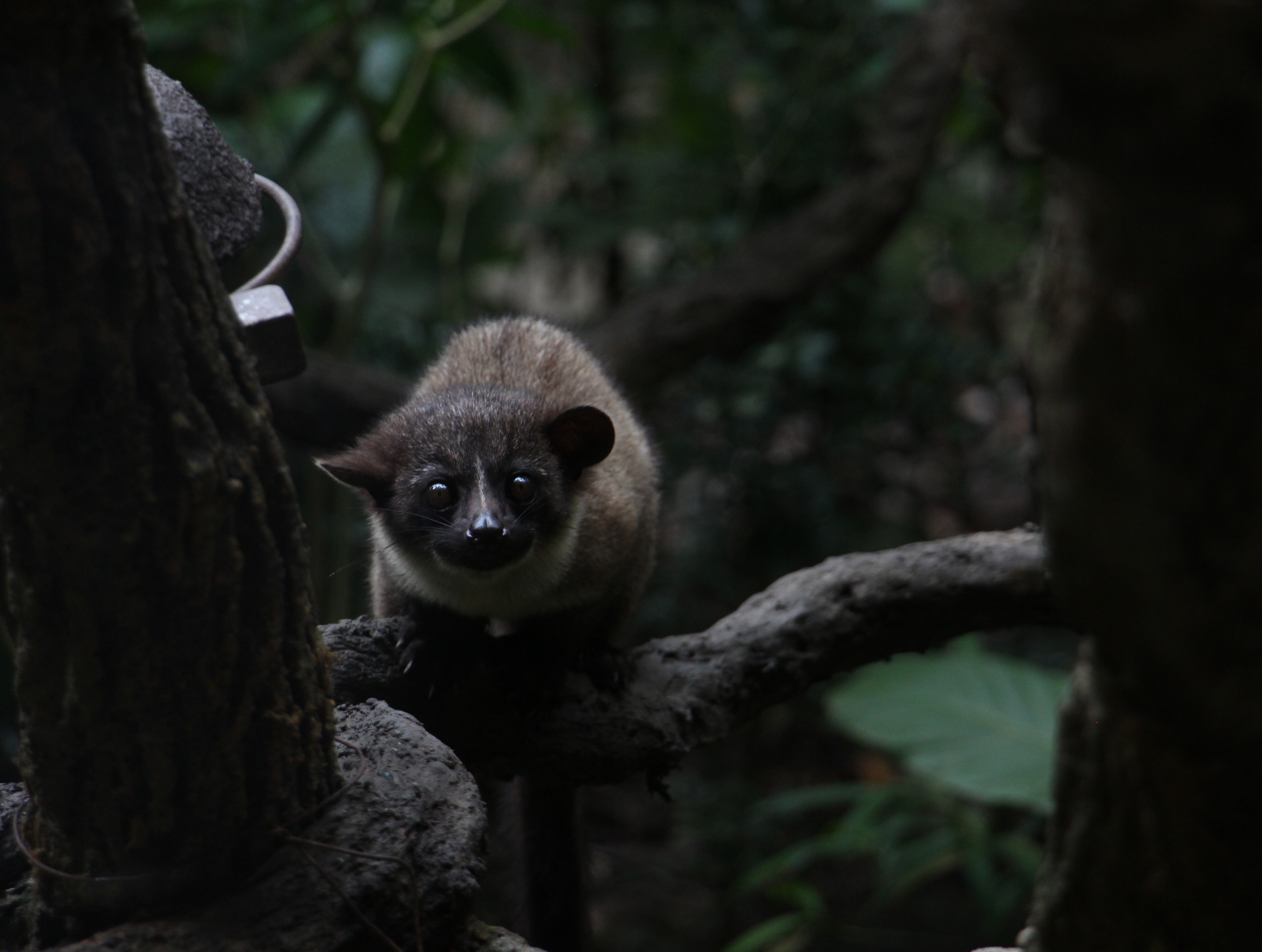 Photo from Wildlife Reserves Singapore.
Photo from Wildlife Reserves Singapore.
3. Giant Anteater
Leona is a baby Giant Anteater who was born last March at the River Safari.
She is the first of her species to be born here in four years.
Here's a photo of three-week-old Leona resting on her mother's back (and almost blending into it too, we might add!).
And sure enough, it's a survival tactic — in the wild, giant anteater babies spend most of their first year hitching on their mother's back to hide from predators.
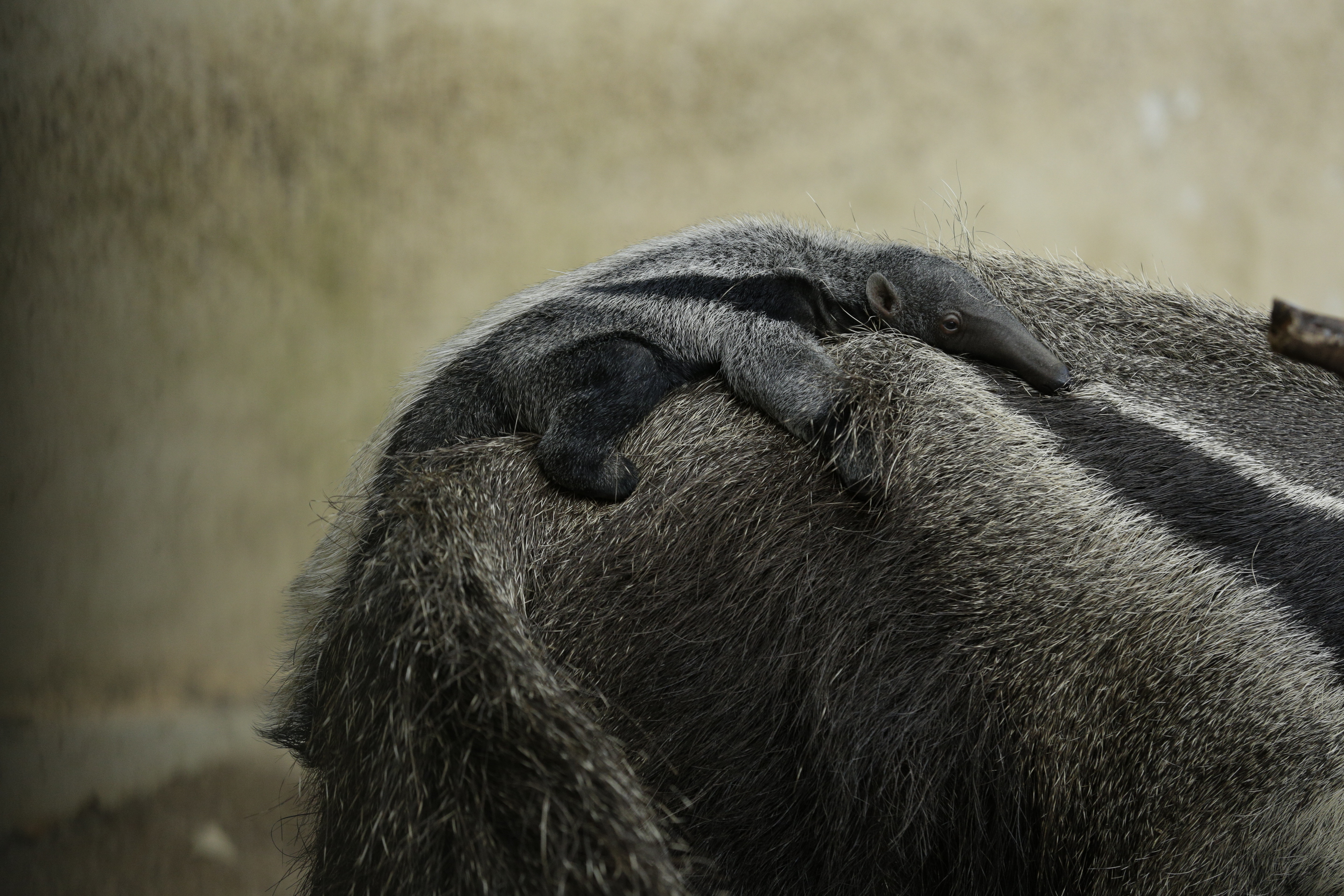 Photo from Wildlife Reserves Singapore.
Photo from Wildlife Reserves Singapore.
4. Celebes Crested Macaque
This newborn Celebes Crested Macaque was named Agung, which means "great" in Bahasa Indonesia.
The Celebes Crested Macaque is a critically-endangered native species to the Indonesian island of Sulawesi and its neighbouring islands.
Here's a photo of Agung in his mother's embrace.
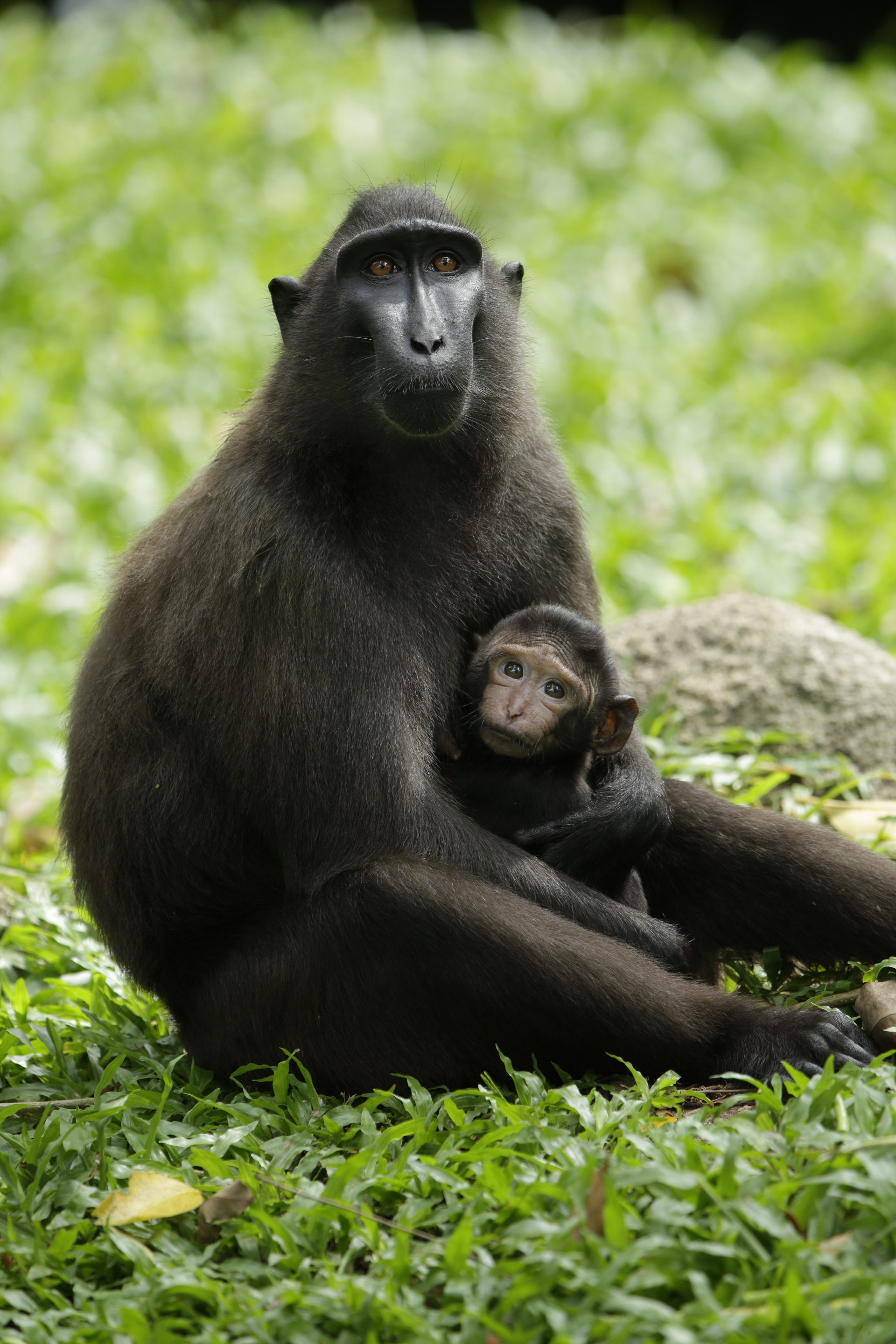 Photo from Wildlife Reserves Singapore.
Photo from Wildlife Reserves Singapore.
These macaques are mainly threatened by the habitat loss caused by deforestation and hunting for their meat.
And over the past four decades, their wild population diminished by 80 per cent.
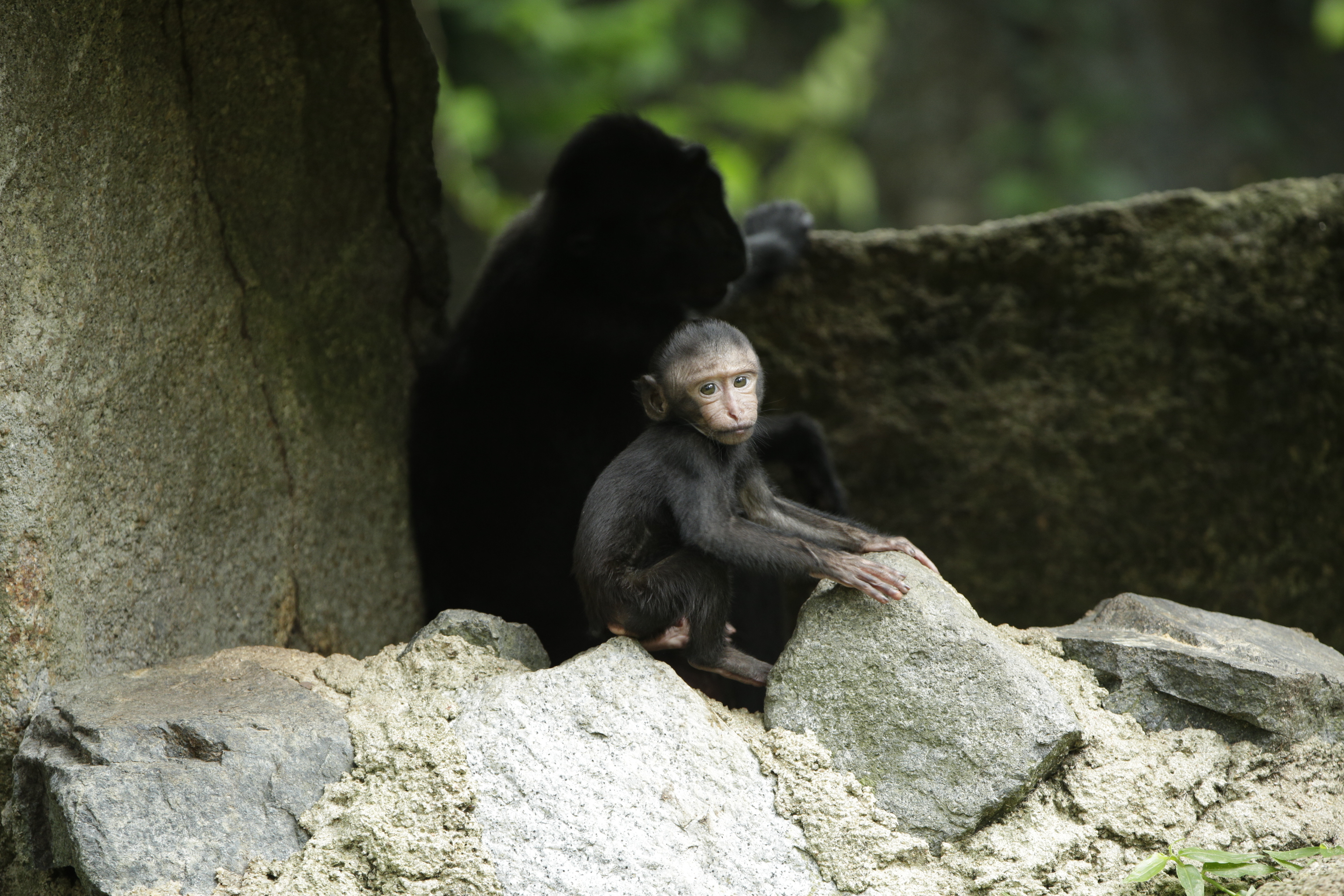 Photo from Wildlife Reserves Singapore.
Photo from Wildlife Reserves Singapore.
Aww.
5. Straw-headed Bulbul
Straw-headed Bulbuls are critically endangered worldwide.
Last year, the Jurong Bird Park was the first in over a decade to breed this threatened species of songbirds that is highly sought after by poachers in the wild.
While wild straw-headed bulbuls have disappeared from some parts of Southeast Asia, Singapore remains the last stronghold for this species with a local wild population of about 200.
With the first straw-headed bulbul hatched in 2017, Jurong Bird Park successfully bred another three of them in 2018.
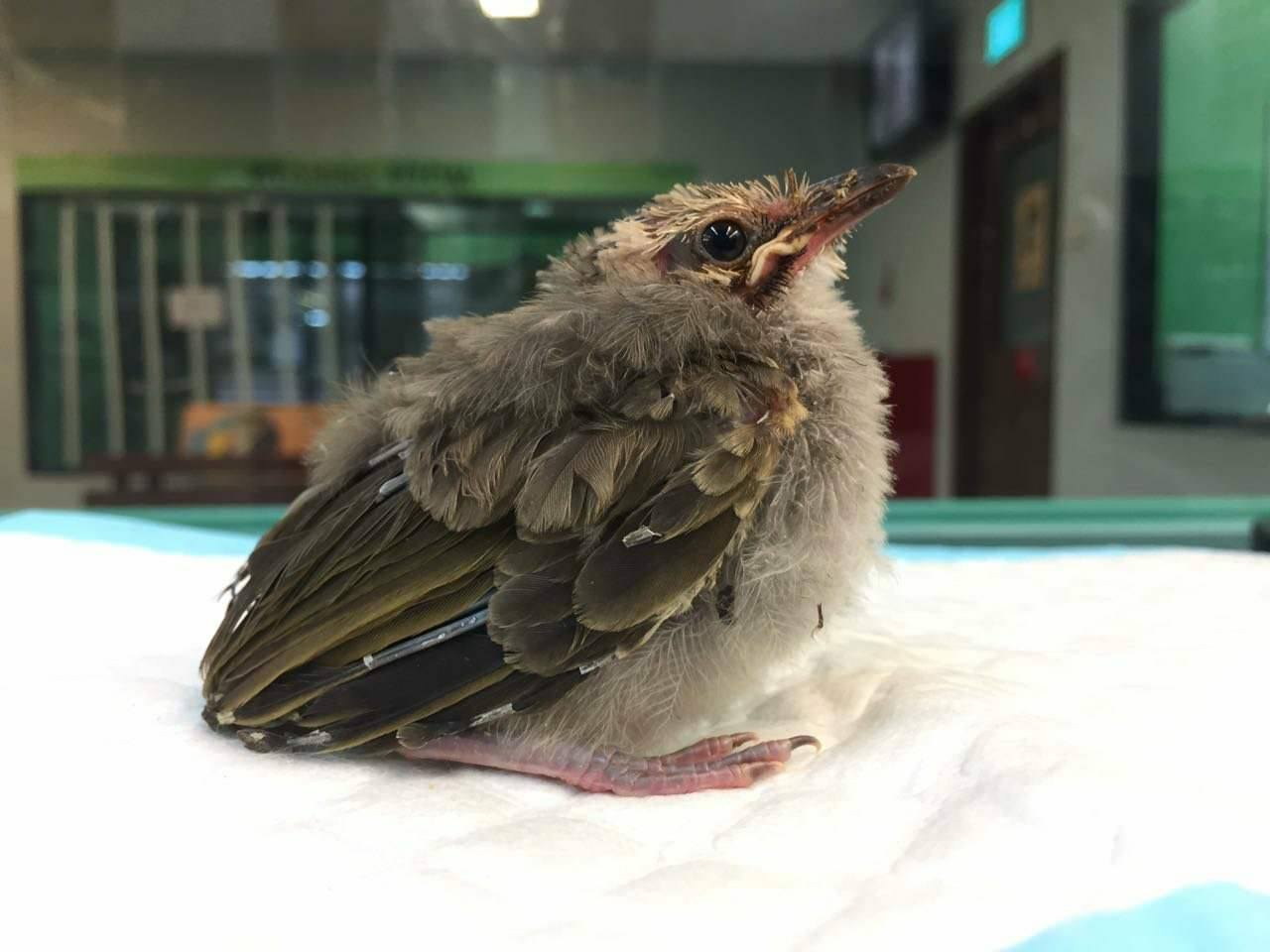 Photo from Wildlife Reserves Singapore.
Photo from Wildlife Reserves Singapore.
6. Malayan Horned Frog
Five Malayan Horned Frogs, which were known to be difficult to breed, metamorphosed successfully last October in the Singapore Zoo.
The tadpoles and froglets require specific environmental conditions such as temperature, humidity and ventilation to thrive.
As such, the keepers are monitoring these five froglets closely as they grow.
Here's one of the horned frog tadpoles:
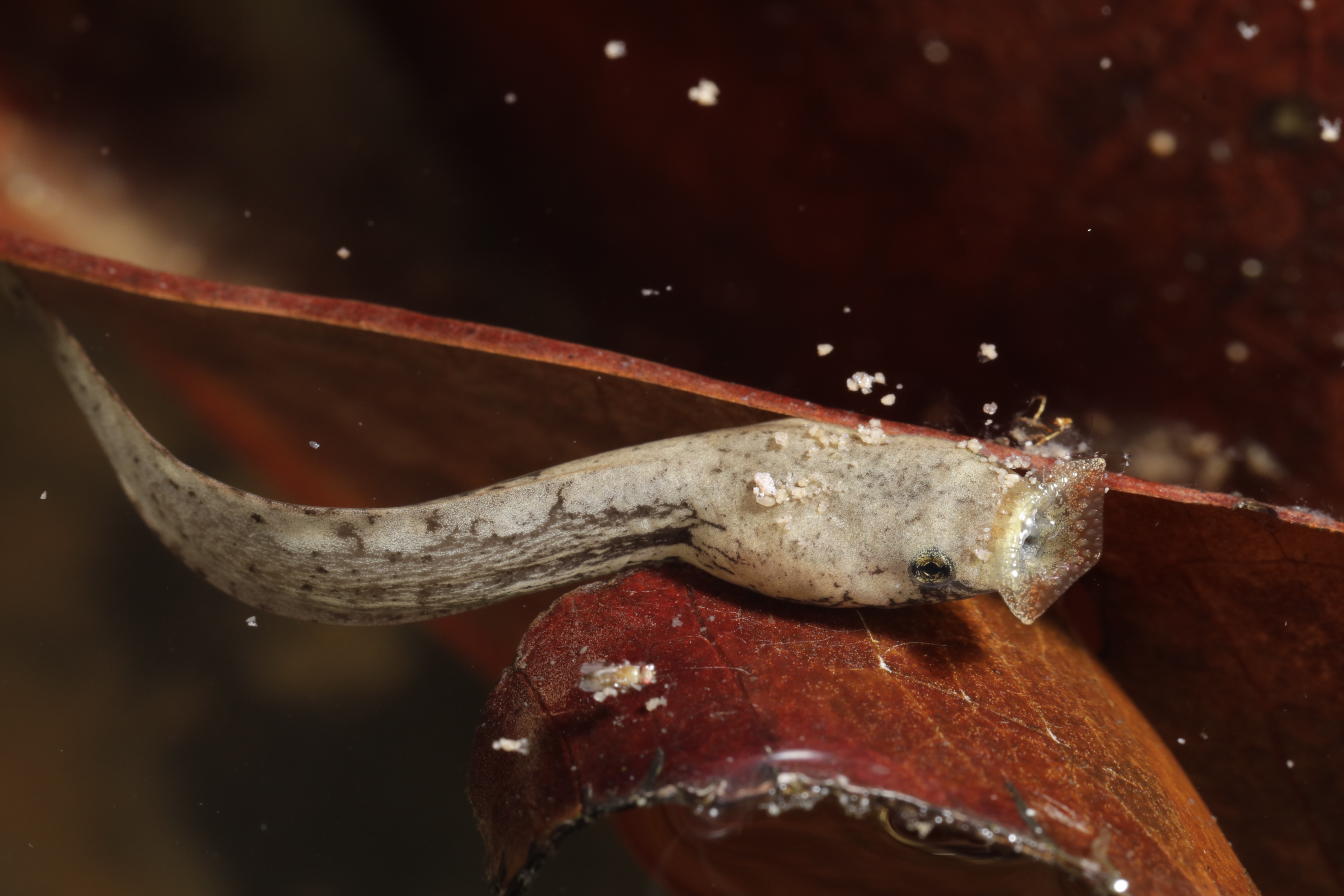 Photo from Wildlife Reserves Singapore.
Photo from Wildlife Reserves Singapore.
... and a metamorphosed froglet that is even smaller than a 10-cent coin:
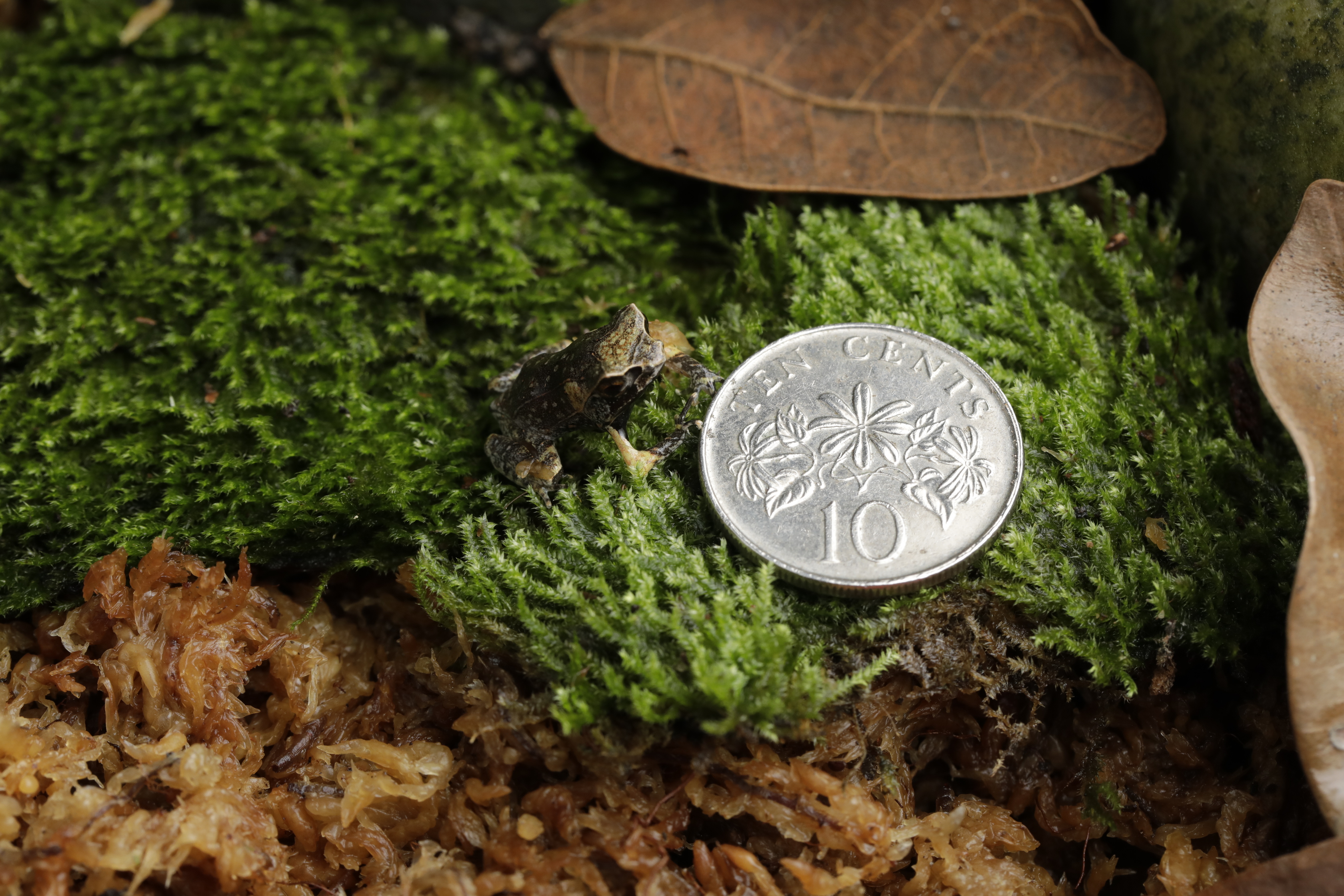 Photo from Wildlife Reserves Singapore.
Photo from Wildlife Reserves Singapore.
7. Santa Cruz Ground Dove
The Santa Cruz Ground Dove hatchlings from the Jurong Bird Park are the first in the world to be bred in captivity, marking a significant breakthrough for WRS's conservation efforts.
Currently, there are about 300 Santa Cruz Ground-dove left in the wild globally.
The first chick was hatched on the very last day of 2018, Dec. 31. Since then, there have been 12 hatchlings so far, with more eggs being incubated.
Here's one of them:
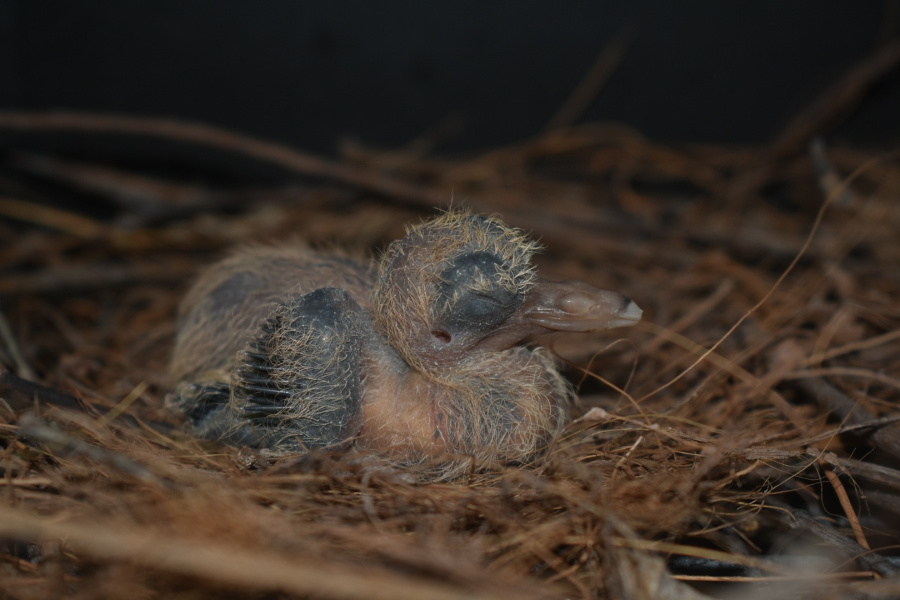 Awww, it's sleeping. Photo from Wildlife Reserves Singapore.
Awww, it's sleeping. Photo from Wildlife Reserves Singapore.
8. Chimpanzee
A baby female Chimpanzee named Nini was also born last January.
Here's Nini hiding beside her 39-year-old mum, Bianca, and eyeing the camera warily:
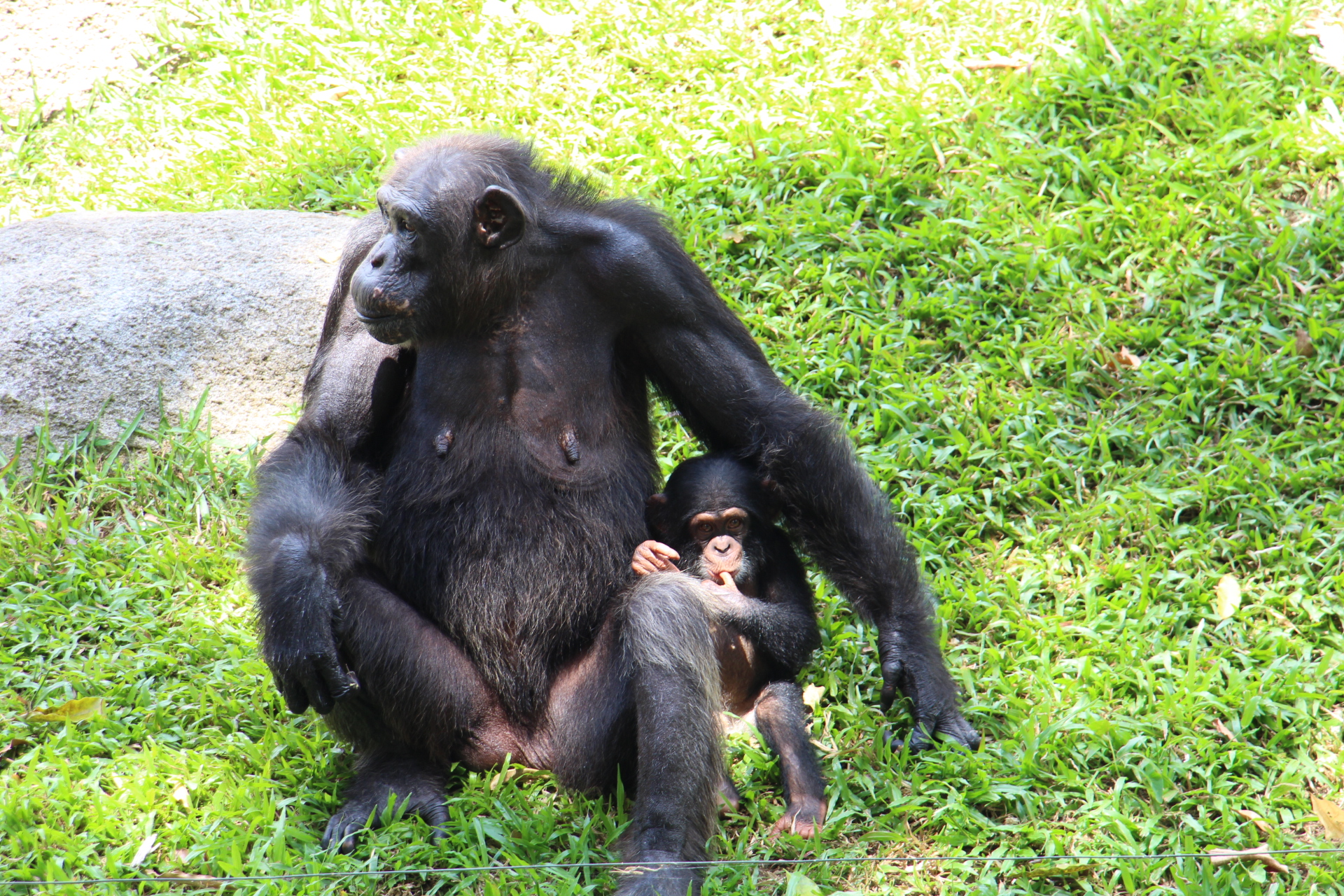 Photo from Wildlife Reserves Singapore.
Photo from Wildlife Reserves Singapore.
9. White Rhinoceros
Last but not least, here's baby Maha with her mother Shova at only one day old last August:
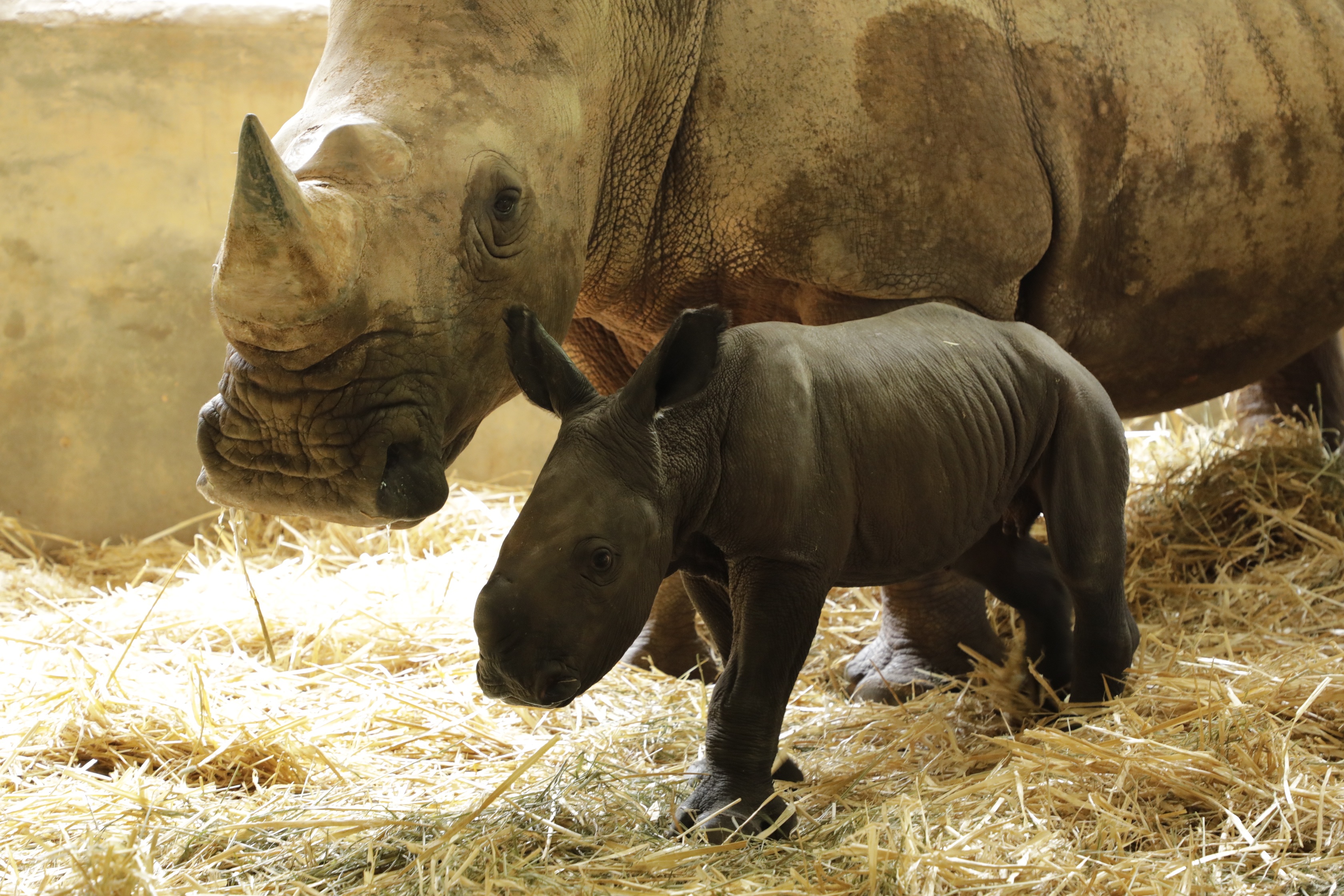 Photo from Wildlife Reserves Singapore.
Photo from Wildlife Reserves Singapore.
She is the 23rd baby white rhino to be born in the zoo. :)
Top photo collage from photos by WRS
If you like what you read, follow us on Facebook, Instagram, Twitter and Telegram to get the latest updates.
